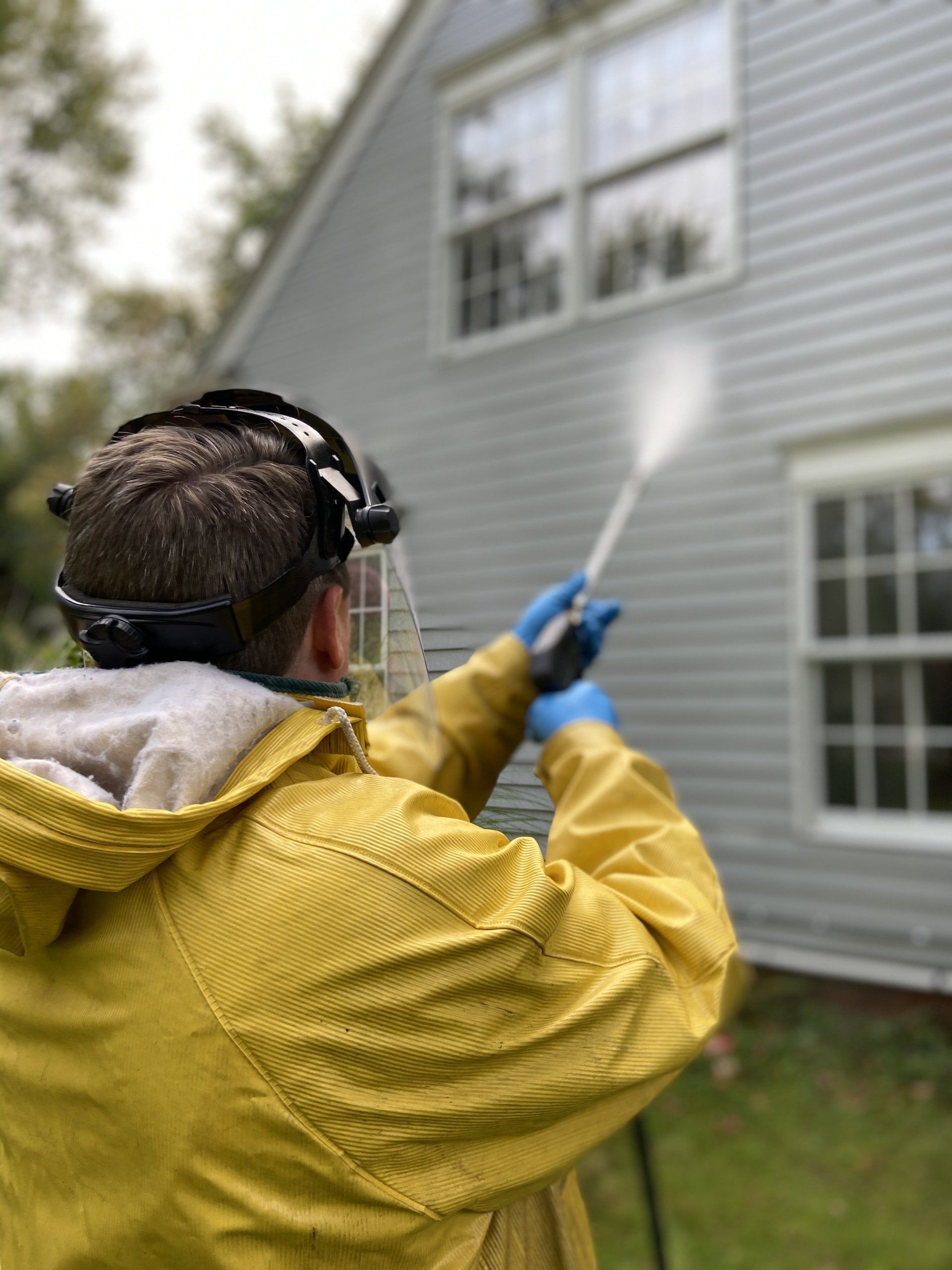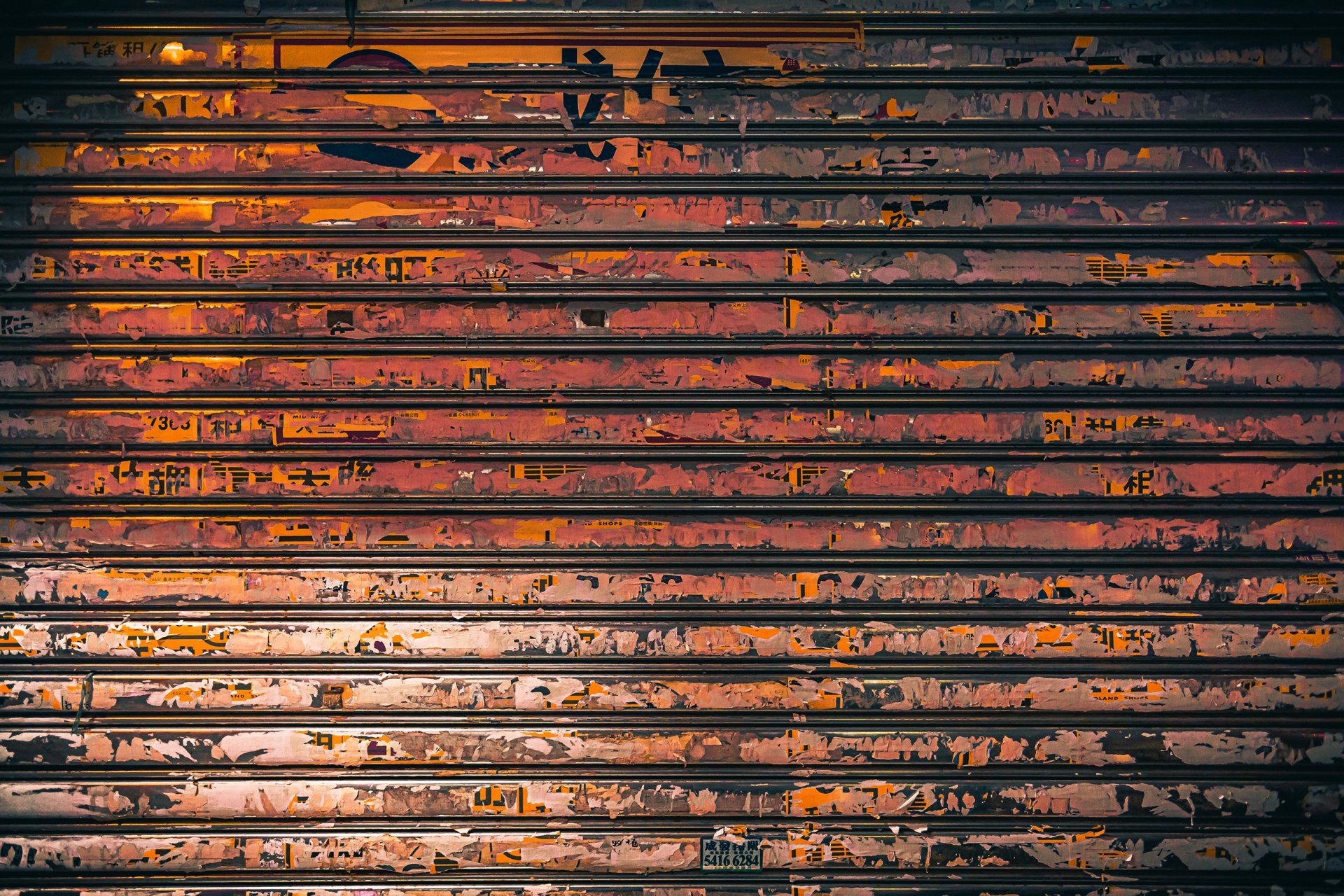The Art of Furniture Restoration: A Comprehensive Guide to Sandblasting Techniques
Transform your old and tired furniture into stunning pieces of art through the transformative power of sandblasting. Delving into the intricate world of furniture restoration, this comprehensive guide provides in-depth insight into the meticulous sandblasting techniques that breathe new life into your beloved pieces. From classic wooden chairs to intricate cabinets, this document offers professional guidance, reassuring you through detailed explanations while instilling confidence in your restoration journey. Embrace this industry expert's advice to revamp your furniture, a customer-oriented approach ensuring transparency at every step, and step into the realm of furniture restoration with a trusted hand guiding you towards beautifully refurbished treasures.
Understanding Furniture Restoration
Advantages of Restoring Furniture
Restoring furniture carries several benefits that go beyond mere aesthetics. Firstly, it's an environmentally friendly choice. Instead of discarding old pieces, restoration repurposes them, reducing waste. This process not only conserves the resources needed to manufacture new furniture but also limits the landfill space required for disposal. Secondly, restoration can significantly enhance the value of a piece. Vintage and antique items, when restored to their former glory, often fetch a higher market value. It's also a cost-effective solution; restoring an existing piece is typically less expensive than buying new high-quality furniture. Additionally, restoration allows for customization. You can tailor a piece to fit your style and home decor by choosing specific finishes or colors during the restoration process. Lastly, it preserves history. Restoring furniture often means preserving a piece of personal or cultural heritage, giving it new life for future generations to enjoy.
The Vital Role of Sandblasting
Sandblasting plays a crucial role in furniture restoration by providing a fast and efficient method to remove old finishes, paint, and rust, preparing the surface for refinishing. This technique uses a stream of abrasive materials propelled at high speed, which cleans the furniture's surface without causing damage to the wood beneath. It is particularly effective for reaching into nooks and crannies that traditional sanding methods might miss. Sandblasting ensures a more uniform and thorough preparation, which is key to a successful restoration. The outcome is a clean, raw surface that allows new paint or stain to adhere better, resulting in a finish that is both beautiful and durable. Furthermore, this method can reveal the original craftsmanship and details that might have been hidden under layers of paint or varnish, thus maintaining the integrity and authenticity of antique furniture pieces.
The Basics of Sandblasting Techniques
Introduction to Sandblasting
Sandblasting is a powerful technique used to clean or etch a surface using a jet of sand driven by compressed air or water. It's an essential part of the furniture restoration process, as it efficiently strips away old paint, varnish, and grime without harming the underlying material. The concept is straightforward: abrasive particles, such as sand or glass beads, are propelled onto the furniture's surface, which scours it clean and leaves it bare for further treatment. This method is favored for its speed and effectiveness, and it's particularly useful for intricate or carved pieces where manual sanding would be impractical. By employing sandblasting, restorers can achieve an even and controlled removal of surface materials, making it an invaluable first step in the restoration of various furniture types.
Essential Equipment for Sandblasting
To begin sandblasting, you need the right equipment to ensure the job is done effectively and safely. The primary tool is the sandblaster, which comes in various sizes, from small handheld models to large industrial units. The sandblaster should be matched to the scale of the project and the intricacy of the furniture being restored. Next, you'll need an air compressor that can provide a consistent and powerful stream of air to propel the abrasive material. The choice of abrasive media is also vital; options range from traditional sand to more specialized abrasives like walnut shells or glass beads, each with their own qualities suitable for different types of finishes and woods. Safety gear is non-negotiable: protective eyewear, a face mask, and gloves are essential to protect from the high-velocity particles and dust generated during the process. Lastly, a well-ventilated workspace is important to disperse the dust and maintain a safe working environment.
Safety Measures in Sandblasting
Safety is paramount when it comes to sandblasting, due to the high-velocity particles involved in the process. Proper protective equipment, such as heavy-duty gloves, a respirator, and a blast suit, should be worn at all times to safeguard against abrasive materials and dust. Eye protection is especially crucial, as even a small amount of flying debris can cause serious injury. Hearing protection is also recommended due to the noise generated by the equipment.
Equally important is the work environment. It should have adequate ventilation to prevent the inhalation of fine dust particles. In enclosed spaces, the use of a dust collector or extraction system can help maintain air quality. All equipment should be checked regularly for signs of wear and tear, particularly the hoses and nozzles, which can become damaged by the abrasive action of the sand. Regular maintenance checks ensure that the setup is safe and functional, reducing the risk of accidents or equipment failure during the sandblasting process.
The Art of Sandblasting in Furniture Restoration
Choosing the Right Sandblasting Technique
Selecting the appropriate sandblasting technique is crucial for achieving the desired outcome in furniture restoration. The choice largely depends on the type of furniture, its material, and the condition of its existing finish. For delicate or finely detailed pieces, a softer medium like walnut shells or glass beads is ideal to avoid damaging the underlying structure. These gentler options are also better for surfaces that are to be stained rather than painted, as they leave a smoother texture.
For more durable items or those with heavy layers of paint or rust, a stronger abrasive, such as aluminum oxide, might be necessary. It's also important to consider the blasting pressure; lower pressures are suitable for softer woods or intricate carvings to minimize the risk of eroding the detail. The technique can also vary depending on whether you're stripping the entire piece or focusing on specific areas. Understanding the nuances of each technique and how they affect different materials is key to a successful restoration.
Step-by-Step Guide to Sandblasting
To ensure effective and safe sandblasting, it is essential to follow a structured approach. Begin by preparing the workspace, ensuring it is well-ventilated and free of any hazards. Next, assemble your sandblasting equipment, connect the air compressor, and fill the blaster with the chosen abrasive medium. Always check that all connections are secure to prevent leaks.
Before starting, don the necessary safety gear, including a respirator, safety goggles, gloves, and protective clothing. Test the equipment on a small, inconspicuous area of the furniture to adjust the pressure and confirm the medium is appropriate. Once satisfied, proceed with sandblasting the furniture in sections, moving the nozzle in a steady, controlled manner to avoid uneven abrasion. Maintain a consistent distance from the surface to ensure uniform cleaning.
After completing the sandblasting process, carefully remove any residual abrasive and dust from the furniture. Inspect the piece for any missed spots and, if necessary, perform touch-up blasts. Finally, prepare the furniture for the next step in the restoration process, whether it be staining or applying a new finish.
Common Mistakes and How to Avoid Them
When sandblasting furniture, common mistakes can lead to damage or an unsatisfactory finish. One such error is using too much pressure, which can erode the material, especially on softer woods or delicate pieces. Always start with a lower pressure and gradually increase if needed. Another mistake is selecting the wrong abrasive medium, which can either be too harsh for the surface or too gentle to remove the old finish effectively. Research and understand the compatibility of different abrasives with your furniture's material.
Not wearing appropriate safety gear is a serious oversight. Always use respiratory protection, eye protection, and body coverings to shield against the high-speed particles emitted during blasting. Additionally, failing to properly secure loose parts or not disassembling the furniture when necessary can result in damage to joints or intricate details. Take the time to prep the piece correctly before beginning the sandblasting process. By being aware of these common pitfalls and taking preventative measures, you can ensure a smooth and successful furniture restoration project.
Advanced Sandblasting Techniques
The Process of Wet Sandblasting
Wet sandblasting, also known as vapor or dustless blasting, adds water to the sandblasting process to reduce dust and improve the finish. This technique mixes water with the abrasive media, which is then propelled through the blast nozzle. The addition of water weighs down the particles, causing less dust and allowing for a cleaner work environment. This method is particularly advantageous when working in spaces where dust containment is critical or when working with potentially hazardous materials.
The process begins by setting up the wet sandblasting machine, which is similar to traditional sandblasting equipment but designed to handle the water mixture. The water not only suppresses dust but also cushions the impact of the abrasive, making this technique gentler on the furniture's surface. This is beneficial when dealing with soft woods or items that require a delicate touch. After the wet sandblasting is complete, it is important to dry the furniture thoroughly to prevent any moisture-related issues before moving on to the finishing stages.
Dustless Blasting: An Eco-Friendly Approach
Dustless blasting is an eco-friendly alternative to traditional sandblasting that minimizes the environmental impact of restoration projects. This process uses a mix of water and abrasive, resulting in less airborne dust and a cleaner working area. The water traps the dust particles, preventing them from dispersing into the air, which is better for the environment and the health of the operator.
The eco-friendly nature of dustless blasting extends to the abrasives used; often, recycled materials like crushed glass can be used, further reducing the ecological footprint. This method is also faster and more efficient as the water reduces friction and cools the surface, allowing for longer blasting periods and quicker clean-up times. Furniture restorers who are conscious about their environmental impact prefer dustless blasting as it aligns with sustainable practices while delivering excellent results. By adopting dustless blasting, companies can demonstrate their commitment to environmental stewardship and appeal to customers who value green initiatives.
Abrasive Blasting: Technique for Detailed Work
Abrasive blasting is a subset of sandblasting techniques that's particularly suited for detailed and precision work. This method focuses on using specific abrasives that are chosen for their ability to intricately clean or etch designs into the furniture's surface without causing undue damage. When working with fine details or aiming to preserve delicate features, the choice of abrasive—be it glass beads, silicon carbide, or another medium—is crucial.
The process involves a careful application, often with a finer nozzle to concentrate the blast onto smaller areas. This precision allows for the restoration of ornate carvings and embellishments that might be compromised by more aggressive blasting methods. Abrasive blasting requires a skilled hand to manage the balance between effective stripping and preservation of detail. This technique is highly valued among restoration professionals for its ability to maintain the integrity of special furniture pieces while refreshing their appearance.
Post-Sandblasting Furniture Restoration
Sealing and Finishing after Sandblasting
Once sandblasting is complete, the next critical step is sealing and finishing the furniture to protect the newly exposed surface. Sealing is vital as it locks out moisture, dirt, and other elements that could damage the wood over time. A quality sealer can also enhance the natural grain of the wood, making details more pronounced and adding aesthetic value to the piece.
Selecting the right finish depends on the desired aesthetic and the piece's intended use. For a natural look, a clear varnish or lacquer is often used. These finishes provide a durable layer that resists scratches and stains. For pieces that will see heavy use, such as tables or chairs, a more robust polyurethane coating might be more appropriate. It is essential to apply the finish in a dust-free environment to ensure a smooth coat and to follow the manufacturer's instructions for the best results. Proper sealing and finishing not only preserve the beauty of the furniture but also extend its lifespan.
Maintaining Your Restored Furniture
After restoring furniture through sandblasting and refinishing, maintaining its condition is key to ensuring its longevity. Regular dusting with a soft, dry cloth will prevent particles from scratching the surface. Avoid using harsh chemical cleaners that can strip the finish; instead, opt for mild, soap-based cleaners and wipe down with a damp cloth when necessary.
It's also important to protect the furniture from extreme temperatures and humidity, which can cause wood to expand and contract, leading to cracks or warping. Use coasters to guard against water rings and place felt pads under items that might scratch the surface. Additionally, keep the furniture out of direct sunlight, as prolonged exposure can fade and damage the finish.
For ongoing care, consider reapplying a protective finish every few years to keep the surface sealed and looking new. With proper maintenance, your restored furniture can remain a cherished part of your home for many years to come.
Mastering the Art of Furniture Restoration
Furniture restoration is an art form that requires patience, precision, and a deep understanding of materials and techniques. Mastering this art involves learning about different wood types, the characteristics of various finishes, and the best practices for each restoration stage. Knowledge of sandblasting is fundamental, but true mastery comes from experience and the continuous honing of skills.
Educating yourself on the history and styles of furniture can deepen your appreciation and guide your restoration decisions. Joining workshops or classes can provide hands-on experience and insight from seasoned professionals. Additionally, staying updated with new products and methods can improve efficiency and results.
The satisfaction of transforming a worn piece into a work of art is unparalleled. As you grow in your craft, you develop not just technical abilities, but also an artistic eye for potential in every piece. With dedication, you can preserve history, create beauty, and bring joy through the timeless skill of furniture restoration.




